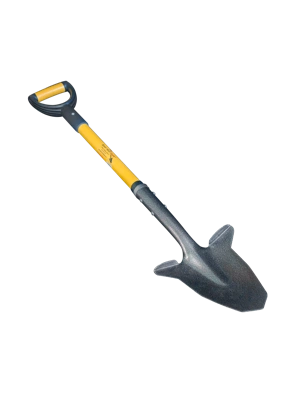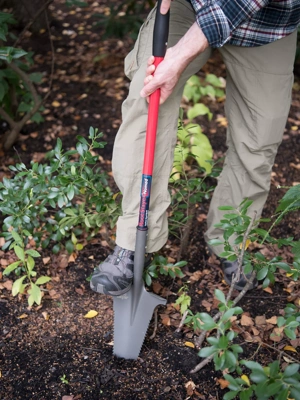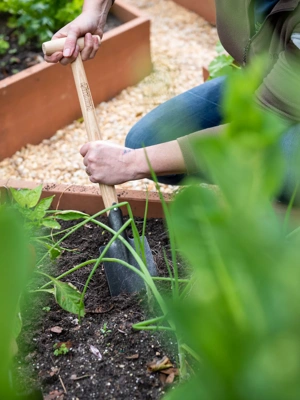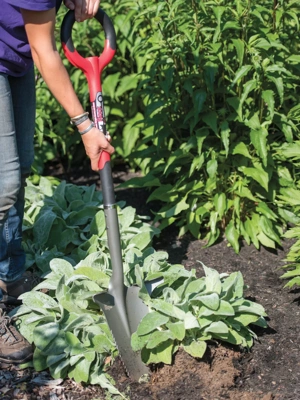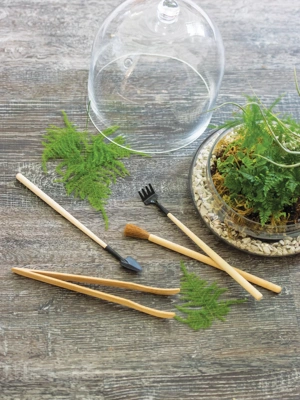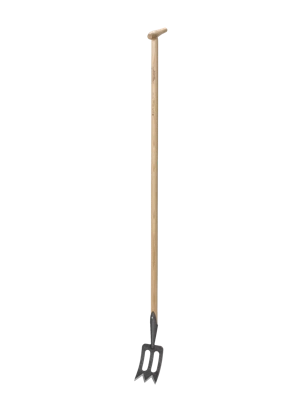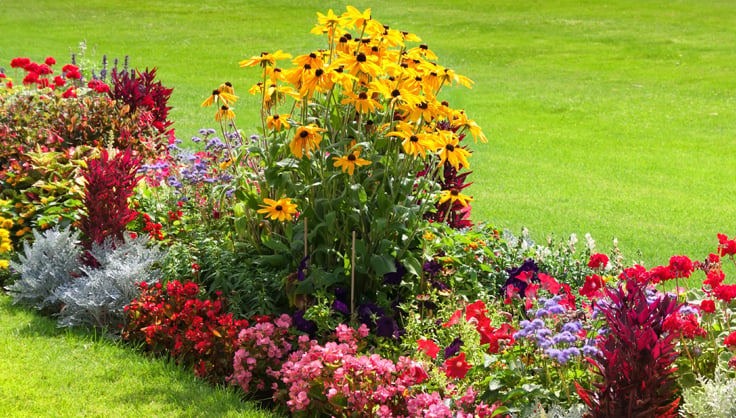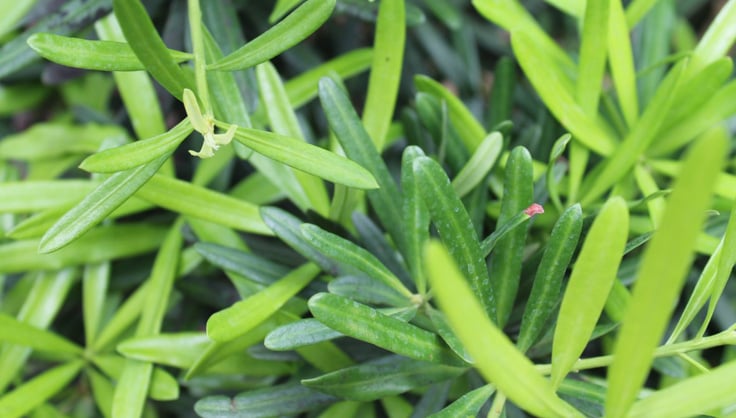Divide and Conquer: The Secret to a Great-Looking Perennial Garden
How to divide perennial plants
 A regular schedule of dividing ensures that a perennial border looks its best.
A regular schedule of dividing ensures that a perennial border looks its best.As spring makes its slow return, perennial gardens begin to stir. The weather is cool and the soil is moist. Emerging plants are slow and sleepy. These early spring days, which usually last only a few weeks, are the best time of year for dividing perennials.
If you have an established perennial garden that’s more than two or three years old, chances are good that you have some plants out there (probably quite a few) that need your attention. The window of activity is small, so there’s no time to waste!
Once your perennials get more than about 3-inches tall and start to leaf out, dividing them becomes a traumatic event (for them if not for you!). You may sacrifice the current year’s blooms — and if you’re not careful, possibly the entire plant. There are a few perennials that will tolerate early summer division (like bearded iris and daylilies) and a few others (see below) that should only be divided in fall. But for the other 90%, now is the time.
Why Divide Perennials?
To control the size of the plant: Some perennials are just a bit more aggressive than others, and will quickly overtake garden borders, pathways, and other nearby plants. Dividing these perennials will help reduce competition for root space and sun, as well as neaten up your garden.
To increase the number of plants: Sure, you could head over to your local nursery, but dividing healthy, mature plants already at home in your garden is a great way to get more plants FOR FREE!
To rejuvenate the plant: Dividing helps to "freshen" an older plant than may have quit blooming. Overcrowded plants lead to reduced air flow and potential rot — thinning them out by dividing will help encourage healthier foliage.
How To Divide Perennial Plants
- If at all possible, choose a mild, cloudy day so plants aren't stressed by heat. If you cannot avoid a hot day, try to find a patch of shade to set your plant down while you divide.
- Unless the plant is quite small, you’ll find it’s easiest to use a garden fork or spade to lift out the entire root ball.
- Pry the root ball apart into two or more pieces. If the growth is too dense to pull apart, you can cut the root ball into pieces using a sharp spade, hand saw or our Hori Hori Knife. Discard any sections that are dead or have weakened growth.
- Replant only the healthiest chunks, putting the extras elsewhere in the garden or passing them along to friends.
- Water the newly-divided plants deeply and keep their roots consistently moist for at least 2 weeks, while they are getting re-established.
Perennials that should be divided every 2-3 years:
- Aster
- Coreopsis
- Sedum ‘Autumn Joy’
- Garden mums (Dendranthema)
- Helenium
- Heuchera
- Shasta daisies (Leucanthemum)
- Garden phlox (Phlox paniculata)
- Yarrow (Achillea)
Perennials that should be divided every 3-5 years:
- Bergenia
- Cranesbill (Geranium)
- Campanula
- Daylilies
- Eupatorium
- Nepeta
- Rudbeckia
- Stachys
- Veronica
Perennials that should be divided infrequently:
- Goatsbeard (Aruncus)
- Hosta
- Lady’s mantle (Alchemilla)
- Lungwort (Pulmonaria)
Perennials that should not be divided in early spring:
- Bearded iris (early summer after blooming)
- Creeping phlox (fall)
- Foxtail lilies (fall)
- Oriental poppies (fall)
- Peonies (fall)
Perennials that should not be divided at all:
- Baby’s breath
- Baptisia
- Candytuft
- Clematis
- Delphinium
- Euphorbia
- Flax
- Foxgloves
- Lupines
- Monkshood
- Rosemary
- Russian sage
- Trillium
- Yucca
Last updated: 07/10/2023
Print this Article:
Related items
Related Articles
Get the Dirt
Stay up to date on new articles and advice. Please fill out the information below.

